Overview
Map
Other Details
كنيسة مار أليشاع
Aamchit
Jbeil
Mount Lebanon
كنيسة مار أليشاع - عمشيت سنة ١٨٠٧ بدأ بناء الكنيسة على يد فارس شاهين يوسف كرم، وكرّست سنة ١٨١٤. البناء كناية عن عقدٍ مُصالبٍ، مقسوم إلى قسمين مفصولين بشعريّة خشبيّة. سنة ٢٠٠٦ أثناء الترميم ظهرت في الكنيسة رسوماً جدرانية في حنية المذبح تعود إلى زمن بنائها. تضمّ الكنيسة مذبحًا إنعاميًّا مُغفّرًا من البابا لاون الثالث عشر. تحوي الكنيسة على لوحة لمار إليشاع من عمل جوستي، لوحة لمار شليطا من عمل عبدالله مطر اللحفدي ولوحة لمار روكز. The church of St Elishah - Amshit In 1807 the construction of the church began with Fares Chahin Youssef Karam, it was completed in 1814. The structure is a crossed vault cut in half with a wooden rood screen. In 2006 during restoration, XIXth century frescoes appeared in the apse. The high altar is a privileged altar by decree of pope Leo XIII. The church holds a painting by Josty depicting St Elishaa, a painting of St Chalita by Abdalla Matar El Lehfedy and a painting of St Roch.
Visited 2539 times, 2 Visits today



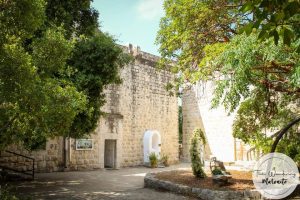
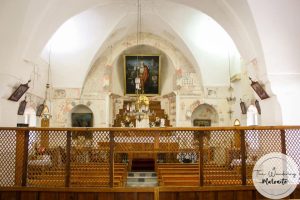
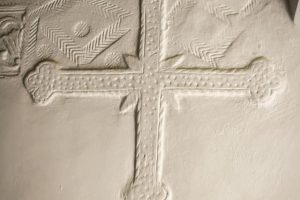
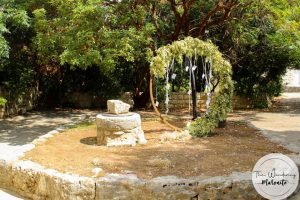
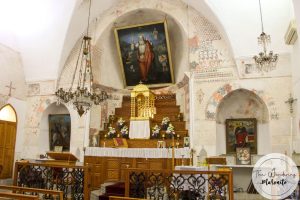
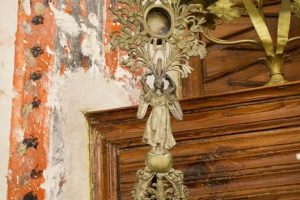
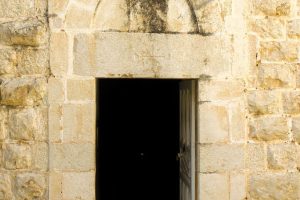
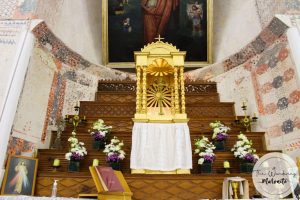
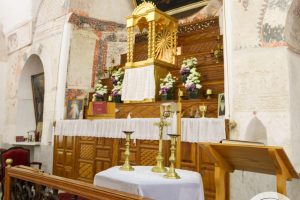
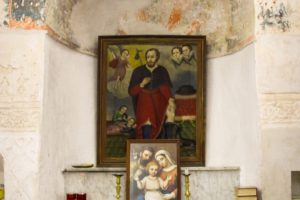
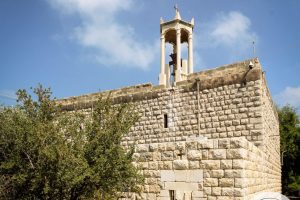
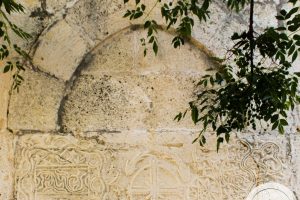
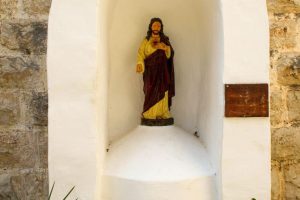













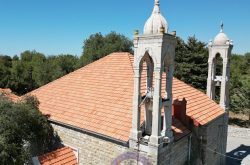
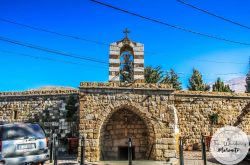
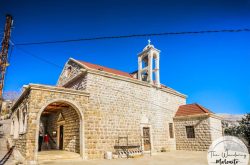
Reviews are disabled, but trackbacks and pingbacks are open.